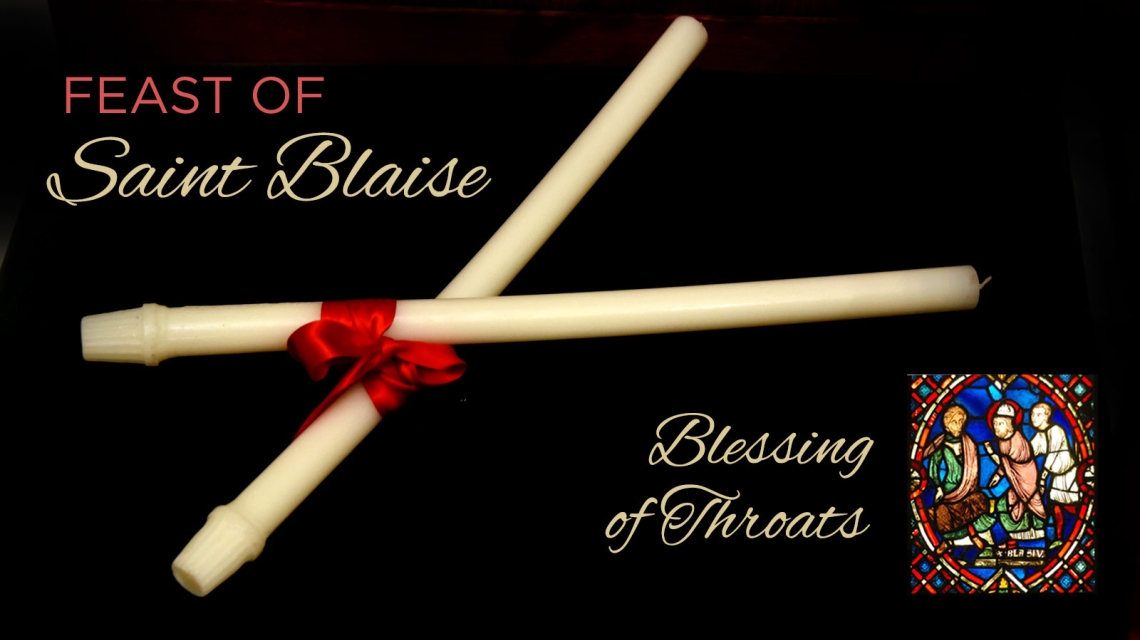Feast of Saint Blaise

Each year, on or near February 3, the Feast of St. Blaise, parishes offer the Blessing of the Throats. Traditionally, candles that were blessed on Candlemas (February 2) are crossed against the throat while the priest or another designated minister prays: “Through the intercession of St. Blaise, bishop and martyr, may God deliver you from ailments of the throat and from every other evil: in the name of the Father, and of the Son, and of the Holy Spirit. Amen.”
Saint Blaise was a bishop who was martyred in Armenia in 316. According to legend, he was an excellent physician in his hometown of Sebastea and studied many of the great philosophers. When the Bishop of Sebastea died, Blaise was chosen to replace him, and many are said to have come to him seeking spiritual and physical healing.
Although the Edict of Milan granting freedom of worship in the Roman Empire had been issued in 313 by co-ruling Emperors Constantine I and Licinius, persecution of Christians was still widespread. Fearing arrest, Bishop Blaise fled, living in a cave with only animals for company. Eventually, however, he was found and imprisoned.
According to legend, either while on his way to prison or while in prison, a mother came to him because her young son had a fish bone lodged in his throat. Upon Saint Blaise’s prayers, the child was able to cough up the bone. That is why he is considered the patron saint for relief from throat ailments.
Another legend has it that a woman came to him and begged him to save her pig who had been seized by a wolf. Bishop Blaise ordered the wolf to release the pig, and the wolf obeyed. Out of gratitude, the woman brought him two wax candles so he would have light in his prison cell.
Despite being beaten and tortured by Agricolaus, the governor of Cappadocia, Saint Blaise refused to deny his Christian faith. He was beheaded as a result.









